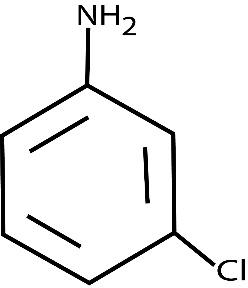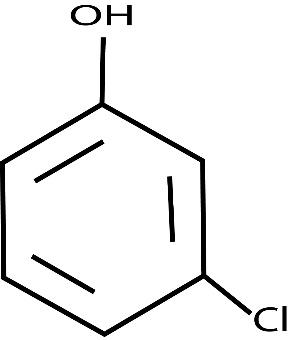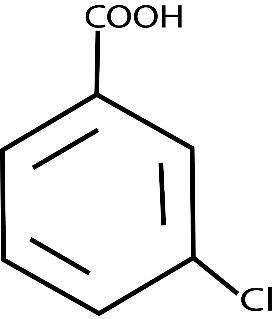
A solution of m-chloroaniline, m-chlorophenol and m- chlorobenzoic acid in ethyl acetate was extracted initially with a saturated solution of
A.m-chloroaniline,m-chlorobenzoic acid and m-chlorophenol
B.m-chlorophenol, m-chlorobenzoic acid and m-chloroaniline
C.m-chlorobenzoic acid,m-chlorophenol and m-chloroaniline
D.m-chlorobenzoic acid, m-chloroaniline and m- chlorophenol
Answer
503.1k+ views
Hint: To solve this question accurately we need to understand the structures of all the given compounds that are m-chloroaniline, m-chlorophenol and m-chlorobenzoic acid. Let’s have a look at the structures.



m-CHLOROANILINE m-CHLOROPHENOL m-CHLOROBENZOIC ACID
Also,
Complete step by step answer:
By now you must have guessed the correct answer. In case you haven’t let me explain it to you. We know that a weak base always reacts with a strong acid to form an acidic solution. A strong base always reacts with a weak acid to give a basic solution. So, here as I already said
So, we have deduced that Fraction
So, the correct answer is option (C)
Note:
To solve questions like these you should have a proper understanding of the structures of organic compounds, their acidic or basic character . Like carboxylic groups are highly acidic, then comes phenols and then comes alcohols. Another point in case you don’t know, the ‘m’ written in front of the names of compounds represents the position of chlorine that is meta.



m-CHLOROANILINE m-CHLOROPHENOL m-CHLOROBENZOIC ACID
Also,
Complete step by step answer:
By now you must have guessed the correct answer. In case you haven’t let me explain it to you. We know that a weak base always reacts with a strong acid to form an acidic solution. A strong base always reacts with a weak acid to give a basic solution. So, here as I already said
So, we have deduced that Fraction
So, the correct answer is option (C)
Note:
To solve questions like these you should have a proper understanding of the structures of organic compounds, their acidic or basic character . Like carboxylic groups are highly acidic, then comes phenols and then comes alcohols. Another point in case you don’t know, the ‘m’ written in front of the names of compounds represents the position of chlorine that is meta.
Latest Vedantu courses for you
Grade 10 | MAHARASHTRABOARD | SCHOOL | English
Vedantu 10 Maharashtra Pro Lite (2025-26)
School Full course for MAHARASHTRABOARD students
₹33,300 per year
Recently Updated Pages
Master Class 12 Economics: Engaging Questions & Answers for Success

Master Class 12 Maths: Engaging Questions & Answers for Success

Master Class 12 Biology: Engaging Questions & Answers for Success

Master Class 12 Physics: Engaging Questions & Answers for Success

Master Class 12 Business Studies: Engaging Questions & Answers for Success

Master Class 12 English: Engaging Questions & Answers for Success

Trending doubts
Which are the Top 10 Largest Countries of the World?

a Tabulate the differences in the characteristics of class 12 chemistry CBSE

Why is the cell called the structural and functional class 12 biology CBSE

Differentiate between homogeneous and heterogeneous class 12 chemistry CBSE

Derive an expression for electric potential at point class 12 physics CBSE

When was the first election held in India a 194748 class 12 sst CBSE




